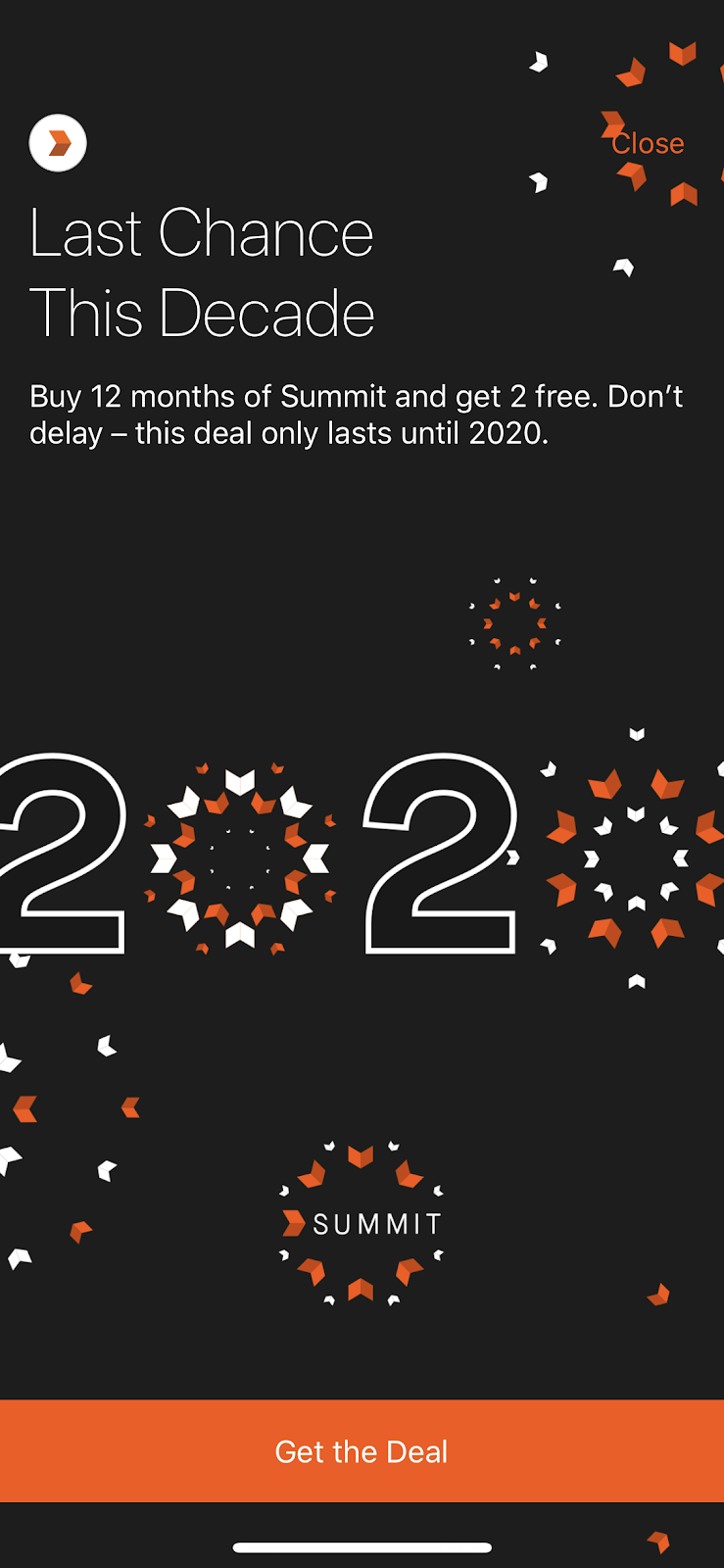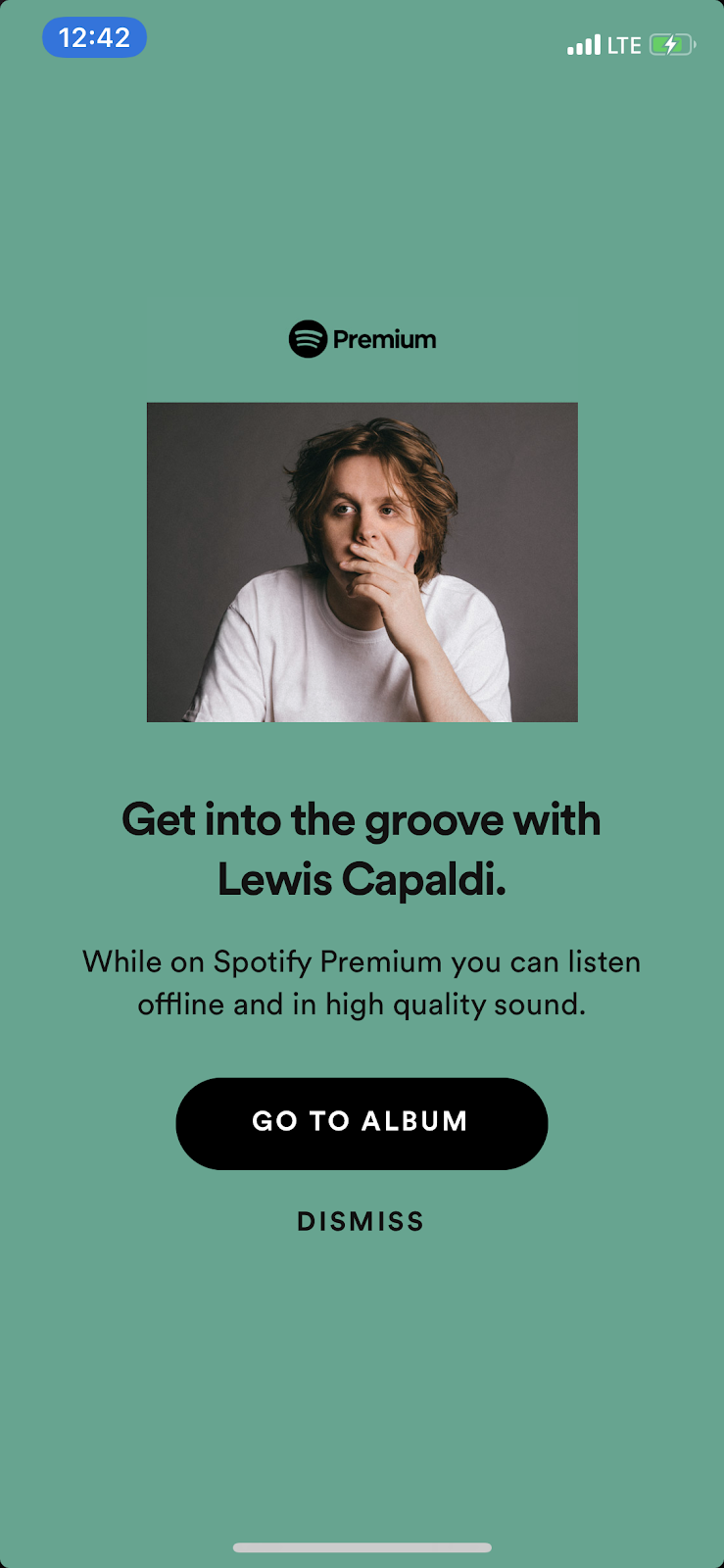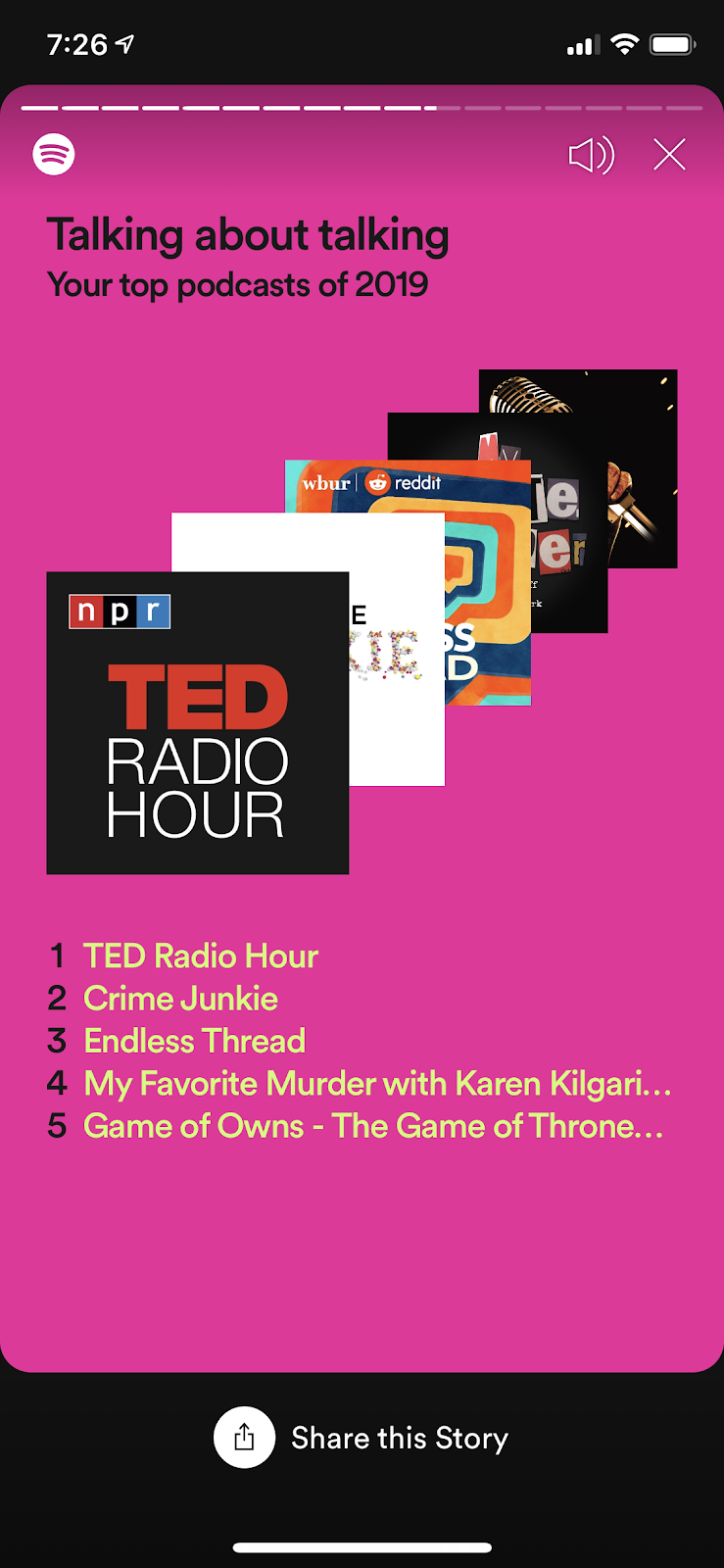Expansion revenue and user retention are the keys to long-term app success

.png)

.png)
A higher ratio of expansion revenue to net new acquisition equals faster growth. That’s according to ProfitWell, who found that SaaS companies should aim to have at least 30% of their revenue come from upsells.
If you stop and think about it, this makes a lot of sense—it’s a lot easier to convince an existing customer to spend extra money than it is to close a deal with a brand new account.
When Amazon introduced Amazon Prime back in 2005, they sold into their existing customer base first. Since their customers were already familiar with what Amazon had to offer, they were much more likely to opt into Prime than net new customers. This strategy paid off: Today, Amazon Prime boasts over 100 million users and $14 billion in yearly revenue.
Expansion revenue is important for apps, too. Often referred to as upselling, generating expansion revenue is a crucial part of every app marketing strategy and, combined with retention, is the key to long-term success.
There are 2 types of mobile upsells: retention and subscription.
The idea behind mobile app upselling is simple—you want to get more out of your loyal user base. That means you have to give more to your loyal user base (it’s not a one-way street). To maintain great UX, every upsell offered to users should be genuinely beneficial to them and enhance their app experience.
For revenue upselling, this could mean eliminating ads by paying more for a premium subscription. For retention upselling, this could mean asking users to opt-in to push notifications in order to alert them when their favorite shows have new episodes.
Next, let's take a look at a few companies that have managed to effectively upsell on mobile:

Strava showed this subscription upsell just before a user started a run session within their app. The in-app message is well done from both a branding and copy perspective. It creates a sense of urgency and combines it with a compelling offer: a discount on their premium app, Summit. The CTA is simple yet eye-catching.

Prime Video sent this in-app retention upsell message while users browse their content. It’s a great push opt-in request for 2 reasons:
First, Amazon opted to brand their push request rather than use the standard iOS request, which often comes off as spammy. Secondly, Amazon doesn’t just ask for permission—it highlights exactly why it’s beneficial to opt-in. They get bonus points for throwing in a sentence about the ability to adjust opt-in settings as needed, which minimizes the fear of commitment.
Upselling won’t do you much good in the long run if nobody sticks with your premium product, or if they opt out of the features you worked so hard to upsell. Retaining users who generate expansion revenue is essential for sustained growth.
The way to do this is to make your premium users feel special, and to make the value you provide visible through things like analytics and personal milestones. One company that runs excellent retention campaigns is Spotify.
Spotify uses multiple compelling retention campaigns designed to retain their premium users.
In this example, Spotify identified that a premium subscriber had listened to Lewis Capaldi in the past and used it as an opportunity to remind the userthat they can listen to his music offline, too. It was a good reminder of a premium capability that people might otherwise take for granted.

The second notable Spotify retention campaign is their annual end-of-year recap. Spotify has a plethora of user data— using it to delight their users and provide a personalized app user experience is a fantastic retention tactic. Everyone likes a good “year in review” campaign, especially when it’s tailored to them so effectively.

ProfitWell found that while “it takes most companies over a year to earn back the costs associated with acquiring new customers, it takes most companies around one quarter to earn back the costs associated with up-selling and expanding.” In other words, companies can earn back the cost of acquiring expansion revenue 4x faster than they can earn back the cost of acquiring a new account. It doesn't take a math wiz to see the value in that.
Hopefully, you now have a better handle on what a mobile user retention and expansion strategy looks like. But don’t forget that a big piece of any successful marketing strategy is timing—when you ask a user can be just as important as how.
Make sure you’re targeting the right users at the right time—a good rule of thumb is to wait to upsell to engaged users that have had 5 or more sessions. Being patient with your users will help to minimize churn risk and maximize opt-in rate.
Remember, identifying and monetizing your app’s core features is the key to building a successful business and providing customers with a first-class experience. Done correctly, it’s a win-win for both you and your app users.
Ready to optimize your own in-app experience? Appcues for Mobile lets you create, edit, and deliver beautiful in-app content, without relying on dev cycles—and without re-submitting to the App Store.
👉 Get started with Appcues for Mobile today.👈